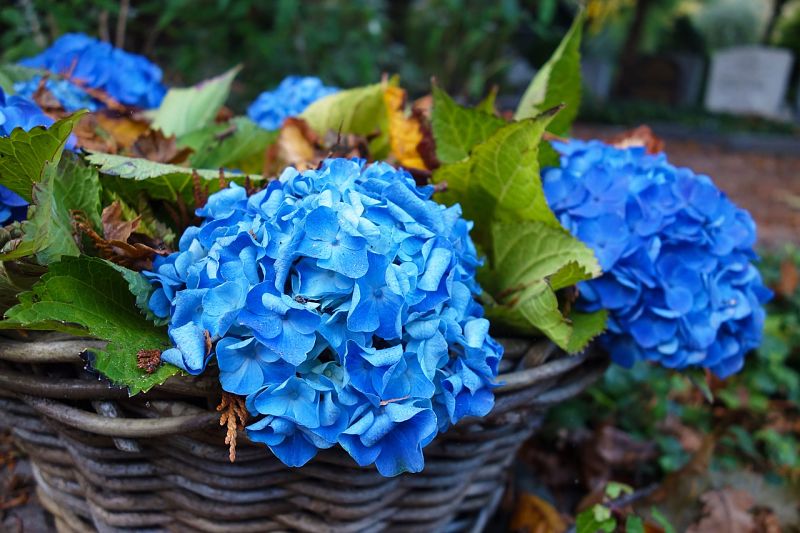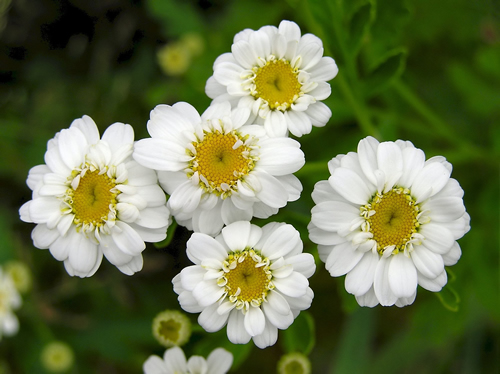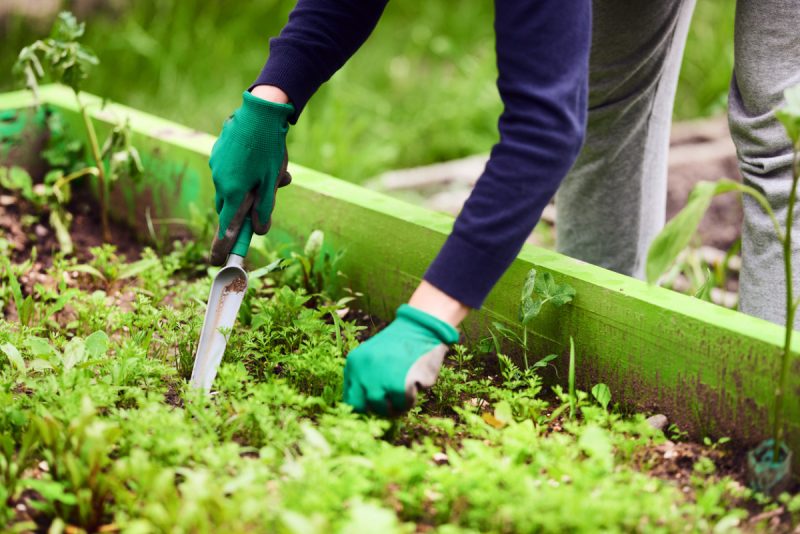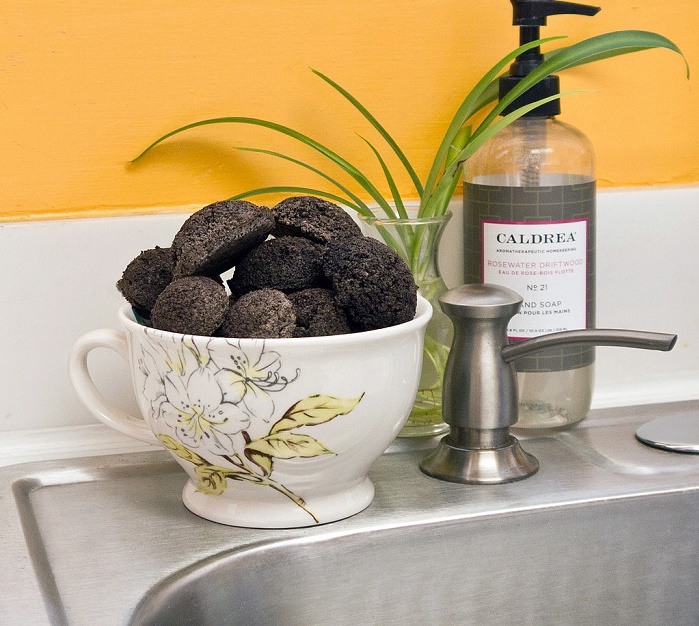Known for their beautiful flowers and lush foliage, these flowers are the epitome of summer. We love hydrangeas for their giant cluster blossoms that adorn gardens and bouquets around the world, but these classic, romantic shrubs are so much more than meets the eye.

These stunning flowers have a strong visual impact, but require surprisingly little maintenance. However, there are a few ways to go wrong with your hydrangea care. We’ve rounded up some of the most common mistakes hydrangeas can leave with leafless, woody, flowerless stems. Avoid these mistakes and your hydrangeas will bloom in no time.
Of course, these rules vary depending on the variety of hydrangeas you are working with. At the end of the day, it’s all about understanding the needs of the specific hydrangea variety and adapting care plans accordingly.
How to care for hydrangeas and avoid mistakes?
There are about a hundred species of hydrangeas. The flowering shrub is native to South and East Asia, as well as North and South America. Hydrangeas are traditionally white, but they also come in pink, blue, red, or purple.
1. Inadequate pruning
Pruning with care is one of the fundamental rules in hydrangea maintenance. Hydrangeas don’t need a lot of pruning, so if you get too bold with garden shears, you may end up with bare branches when summer rolls around.
When you use the scissors and start cutting, you want to remove any dead debris. You can also shorten stubborn branches to help shape the plant.
In addition to overly zealous cutting, pruning at the wrong time is a common mistake that could lead to failure to bloom. Here’s our general rule of thumb: In summer, you’ll need to prune French, oakleaf, and mountain hydrangeas that once bloomed.
In winter, you should prune those that are soft and panicle, while you can prune flowering French hydrangeas in summer or winter.
2. Lack of sun or shade
Choosing a place to plant your hydrangeas is a crucial decision, and there are many factors to consider. While that French hydrangea might look stunning somewhere in the garden, planting in a spot with full sun and no restrictions is a sure way to put your flowers – and even the life of the plant – at risk.
When it comes to French or large leaf hydrangeas, sunlight is a necessary part of the equation to encourage strong blooms. They bloom best if they are given sun in the morning and some light shade in the afternoon, particularly during hot summer. If you plant them in the shade all day, they won’t flower.
Oakleaf hydrangeas thrive in the shade and don’t bloom in full sun, while panicle hydrangeas love to bask in the sun and don’t bloom in the shade. Every hydrangea is different.
Caution! Hydrangeas are extremely poisonous. Compounds in the leaves release cyanide when eaten, so try to keep the plant out of the reach of small children or pets.
3. Plant in dry, poorly drained soil
Planting in infertile soil can be detrimental to the growth of this plant. Most hydrangeas prefer a well-drained clay soil with many nutrients, avoid rocky and dry soil.
You should also pay attention to the pH of the soil, which can affect the color of its flowers.
4. Plant under large trees
While hydrangea needs for sun or shade will vary based on its type, one denominator remains the same: don’t plant under large trees. If you plant the hydrangea under a large tree, it will compete with that established ecosystem for water and nutrients. Plant in a spot where the hydrangea can be the star of the show.
5. Excessive or insufficient watering affects hydrangeas
French hydrangeas require a substantial amount of water to stay well-nourished and healthy; in the absence of rain, you may need to water them every other day. Other varieties, such as ‘Limelight’ or ‘ Pee Gee ‘ hydrangeas , can tolerate drought.








